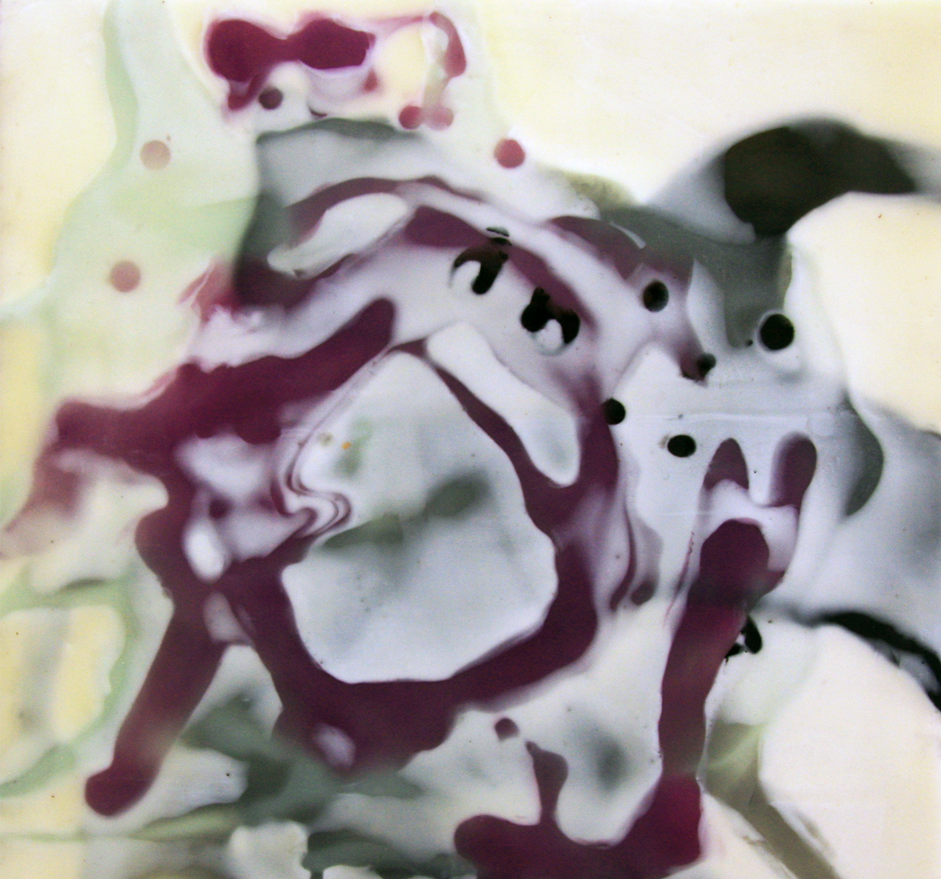Process - Encaustics
Encaustic is a wax based paint (composed of beeswax, resin and pigment), which is kept molten on a heated palette. It is applied to an absorbent surface and then reheated in order to fuse the paint. The word ‘encaustic’ comes from the Greek language, meaning to burn in, referring to the process of fusing the paint.
Encaustic is perhaps the most beautiful of all artists' paints, and it is as versatile as any 21st century medium. It can be polished to a high gloss, carved, scraped, layered, collaged, dipped, cast, modeled, sculpted, textured, and combined with oil. It cools immediately, so that there is no drying time, yet it can always be reworked.
Wax is its own varnish. Encaustic paintings do not have to be varnished or protected by glass because encaustic, which is the most durable of all artists' paints, is its own protector. This is because beeswax is impervious to moisture, which is one of the major causes of deterioration in a paint film. Wax resists moisture far more than resin varnish or oil. Buffing encaustic will give luster and saturation to color in just the same way resin varnish does.
Encaustic paint will not yellow or darken. As with any other artwork, exposing encaustic painting to extreme temperatures is not advised.
reference: http://www.rfpaints.com/resources/encaustic/item/34-what-is-encaustic-paint

